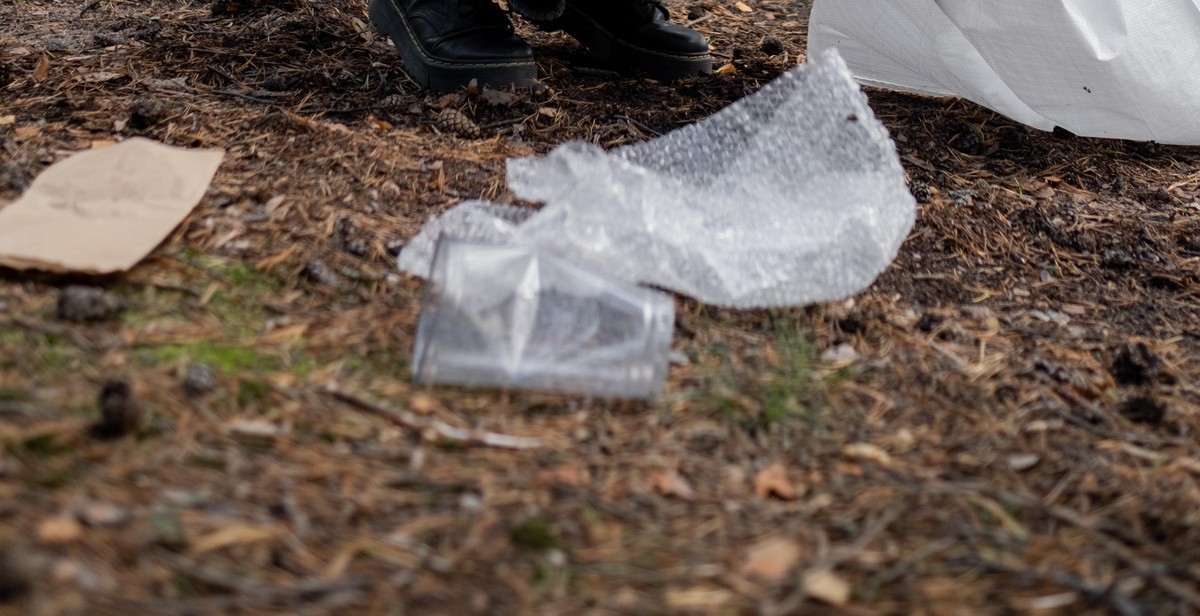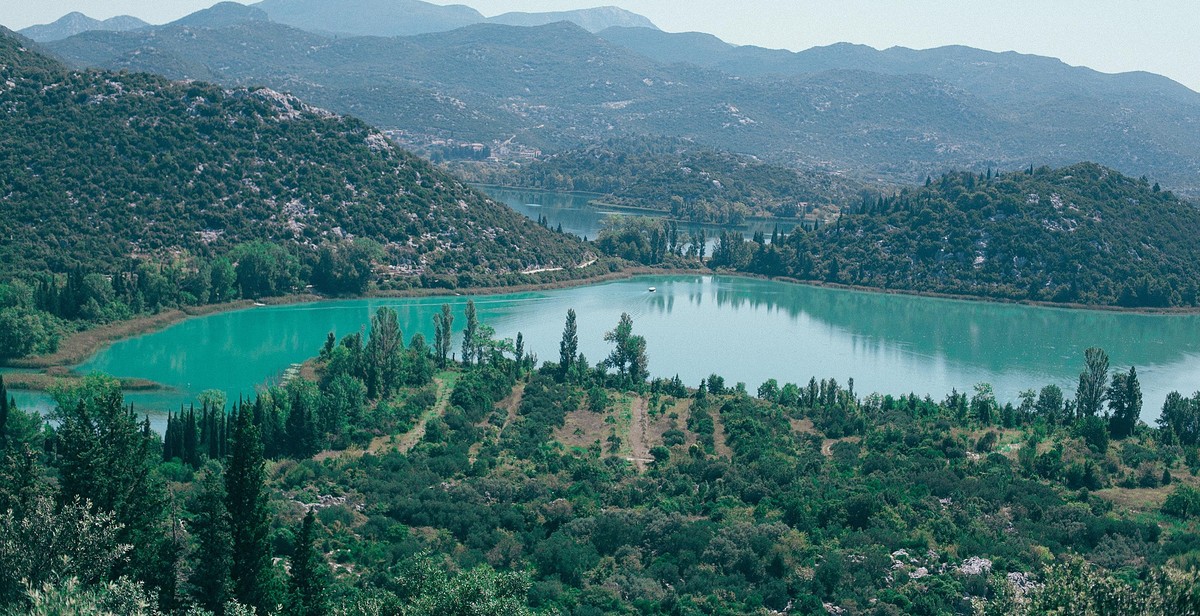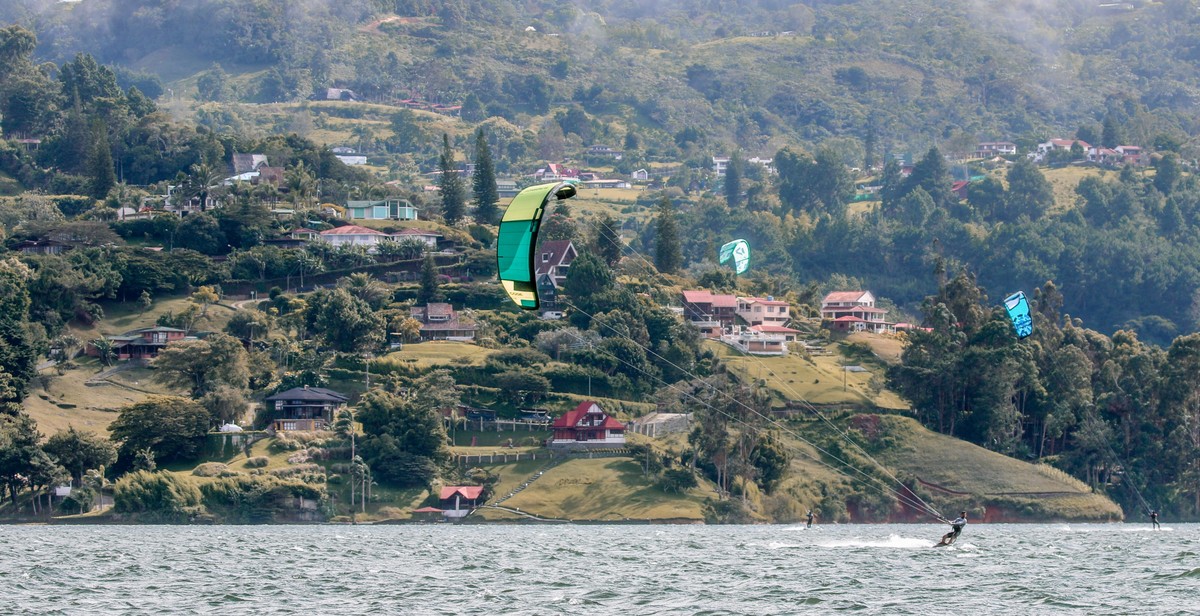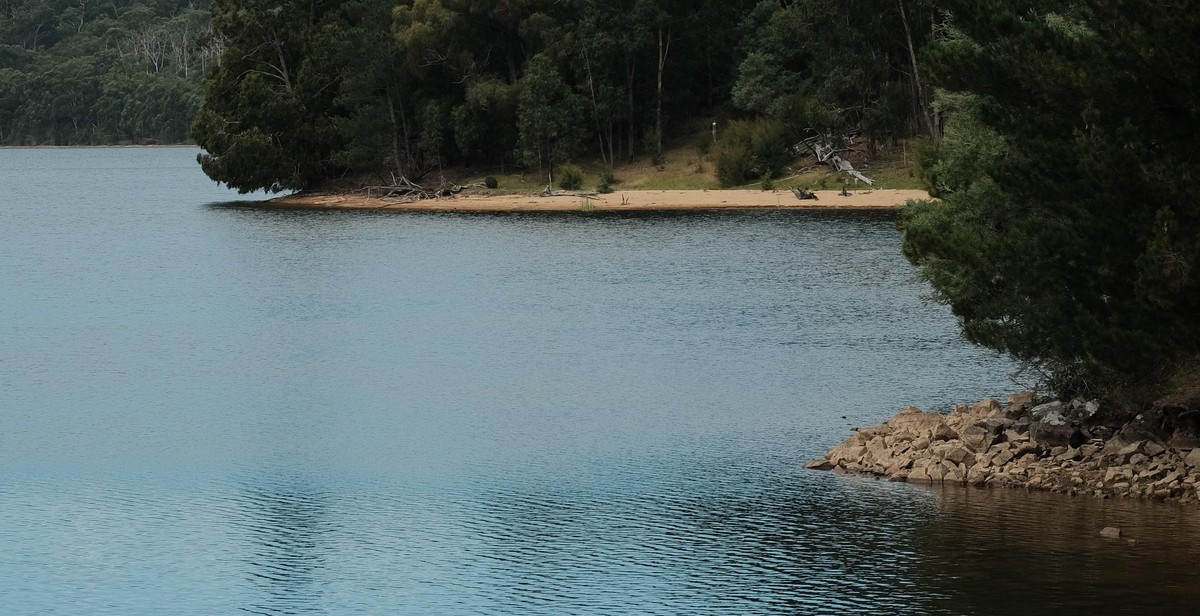Introduction
Water bodies such as lakes are essential resources that support aquatic life and provide recreational activities for people. However, due to human activities, these water bodies are often polluted with waste materials such as plastics, chemicals, and other pollutants that pose a threat to the environment and human health. Therefore, it is essential to organize a lake cleanup to mobilize community efforts to preserve the environment and protect the water body.
Why Lake Cleanup is Important
Lake cleanup is crucial as it helps to remove the waste materials and pollutants that have accumulated in the lake over time. The accumulation of these waste materials can lead to the destruction of aquatic life, loss of biodiversity, and contamination of water sources. Furthermore, the polluted water can cause health problems for humans who use the lake for recreational activities such as swimming, boating, and fishing. Organizing a lake cleanup can also raise awareness among the community about the importance of environmental preservation and encourage them to adopt sustainable practices to protect the environment.
Therefore, this article will provide a step-by-step guide on how to organize a lake cleanup, mobilize community efforts, and ensure the success of the cleanup project.

Planning and Preparation
Before organizing a lake cleanup, it is crucial to plan and prepare to ensure the success of the project. This section outlines the essential steps to take when planning a lake cleanup.
Identifying the Target Lake
The first step is to identify the lake that needs cleaning up. This can be done by researching lakes in the local area or reaching out to environmental organizations for recommendations. Once a lake has been selected, it is essential to assess the severity of the pollution and identify the areas that require the most attention.
Forming a Lake Cleanup Committee
Forming a lake cleanup committee is crucial to mobilizing community efforts for environmental preservation. The committee should consist of volunteers who are passionate about environmental preservation and are committed to making a positive impact. The committee should have a leader and subcommittees responsible for different aspects of the cleanup, such as logistics, publicity, and fundraising.
Securing Permits and Permissions
Before starting the cleanup, it is essential to secure the necessary permits and permissions from local authorities. This may include permits for waste disposal, permission to access the lake, and any other permits required by the local government. Failure to obtain the necessary permits and permissions can result in legal issues and can prevent the cleanup from taking place.
By following these essential steps, organizing a successful lake cleanup is possible. The next section will outline the steps to take when executing the cleanup.

Recruiting Volunteers
Recruiting volunteers is a crucial step in organizing a successful lake cleanup. Without volunteers, it would be impossible to cover the necessary areas and make a significant impact. Here are some tips for recruiting volunteers:
Getting the Word Out
Spread the word about the cleanup through various channels to reach a wider audience. Here are some ideas:
- Post on social media platforms like Facebook, Twitter, and Instagram. Create a hashtag for the event and encourage people to share it.
- Send out a press release to local media outlets, including newspapers, TV stations, and radio stations.
- Put up posters and flyers in public places like community centers, libraries, and schools.
- Reach out to local businesses and ask them to promote the event to their customers and employees.
Partnering with Local Organizations
Partnering with local organizations is another effective way to recruit volunteers. Here are some organizations to consider:
| Organization | Contact Information |
|---|---|
| Environmental groups | Contact local chapters of organizations like the Sierra Club or the Nature Conservancy. |
| Schools and universities | Contact environmental clubs or departments to see if they would be interested in participating. |
| Community groups | Contact local neighborhood associations or other community groups to spread the word. |
Partnering with these organizations not only helps with volunteer recruitment but also increases community involvement in the event.

Logistics and Supplies
Organizing a lake cleanup requires proper planning and preparation to ensure that the event runs smoothly. Logistics and supplies are crucial aspects that need to be considered for a successful cleanup.
Transportation
Transportation is a key factor in the logistics of a lake cleanup. You need to ensure that volunteers and their equipment can easily access the cleanup site. It is important to have a plan for transporting volunteers and their equipment to and from the site. This can be done through carpooling or renting a bus or van to transport volunteers.
Equipment
Having the right equipment is essential for a successful lake cleanup. You will need gloves, trash bags, and litter pickers for volunteers to use during the event. It is important to have enough equipment for all volunteers and to have extra equipment on hand in case of any issues.
Supplies
In addition to equipment, you will also need to provide supplies for the volunteers. This can include water, snacks, and sunscreen. It is important to keep volunteers hydrated and energized throughout the event.
| Logistics and Supplies Checklist |
|---|
| Transportation plan |
| Equipment (gloves, trash bags, litter pickers) |
| Extra equipment |
| Water and snacks for volunteers |
| Sunscreen |
By taking the time to plan and prepare logistics and supplies, you can ensure that your lake cleanup is successful and that the community is mobilized for environmental preservation.

The Cleanup Day
After all the planning and preparation, the day of the lake cleanup has finally arrived. This is where all the hard work pays off, and you get to see the community come together to make a positive impact on the environment.
Assigning Roles and Responsibilities
Before the cleanup begins, it’s important to assign roles and responsibilities to ensure that everything runs smoothly. You should have a team leader who oversees the entire cleanup, as well as volunteers who are responsible for specific tasks such as collecting trash, sorting recyclables, and disposing of hazardous waste. It’s also a good idea to have a first aid responder on hand in case of any accidents.
Safety Precautions
The safety of all volunteers should be a top priority during the cleanup. Make sure everyone is wearing appropriate clothing and footwear, and provide gloves and other protective gear as needed. It’s also important to educate volunteers on how to handle hazardous materials and what to do in case of an emergency.
Documenting the Cleanup
Documenting the cleanup is important for several reasons. It allows you to track the progress made and show the impact of the community’s efforts. It can also be used to promote future cleanup events and inspire others to get involved. Take photos and videos throughout the day, and keep a record of the amount and types of trash collected.
| Tip: | Consider using a mobile app to document the cleanup. Apps like Clean Swell allow you to track the amount and types of trash collected and submit the data to a global ocean trash database. |
|---|

Post-Cleanup: Proper Disposal of Waste
After the cleanup, it is essential to dispose of the waste properly. All the collected trash should be sorted and disposed of in the correct manner. This includes recycling materials such as plastic bottles, cans, and glass. It is important to check with local authorities to determine the proper way to dispose of hazardous waste such as batteries, chemicals, and electronic waste.
One way to ensure proper waste disposal is to partner with local waste management companies or recycling centers. They can provide guidance on how to handle the waste and may even offer to collect it for proper disposal. This is a great way to continue the partnership with the community and show the impact of the cleanup efforts.
Celebrating Success
After the cleanup, it is important to celebrate the success of the event. This can be done by sharing the results with the community, highlighting the amount of trash collected and the impact it will have on the environment. Social media can be used to share photos and videos of the event and thank all the volunteers who participated.
Organizers can also consider hosting a post-cleanup event to thank the volunteers and provide an opportunity for the community to come together and celebrate the success of the cleanup. This can be a great way to build relationships with the community and encourage participation in future events.
| Benefits of Proper Waste Disposal |
|---|
| Reduces pollution and environmental degradation |
| Prevents harm to wildlife and marine life |
| Improves public health and safety |
| Conserves natural resources |
Overall, organizing a lake cleanup is an effective way to mobilize community efforts for environmental preservation. By properly disposing of waste and celebrating the success of the event, organizers can create a lasting impact on the environment and build relationships with the community.

Conclusion
Organizing a lake cleanup is not just about picking up litter, it is about mobilizing community efforts for environmental preservation. With the right planning, communication, and collaboration, a successful lake cleanup can make a significant impact on the health and well-being of the lake and its surrounding ecosystem.
Firstly, it is essential to identify the key stakeholders and partners who can help make the cleanup a success. This includes local government agencies, community groups, businesses, and individuals who are passionate about environmental protection.
Secondly, clear communication is crucial to ensure that everyone involved understands their roles and responsibilities. This includes setting clear goals and expectations, establishing a timeline, and ensuring that everyone has the necessary resources and equipment to carry out their tasks.
Thirdly, it is important to prioritize safety and ensure that all volunteers are properly trained and equipped to handle any potential hazards. This includes providing protective gear, first aid kits, and emergency procedures in case of accidents.
Finally, it is essential to celebrate the success of the cleanup and acknowledge the contributions of all those involved. This can be done through public recognition, social media posts, and events to showcase the impact of the cleanup on the environment and the community.
By following these steps, organizers can create a successful and sustainable lake cleanup that not only removes litter but also inspires a sense of community and environmental stewardship.
